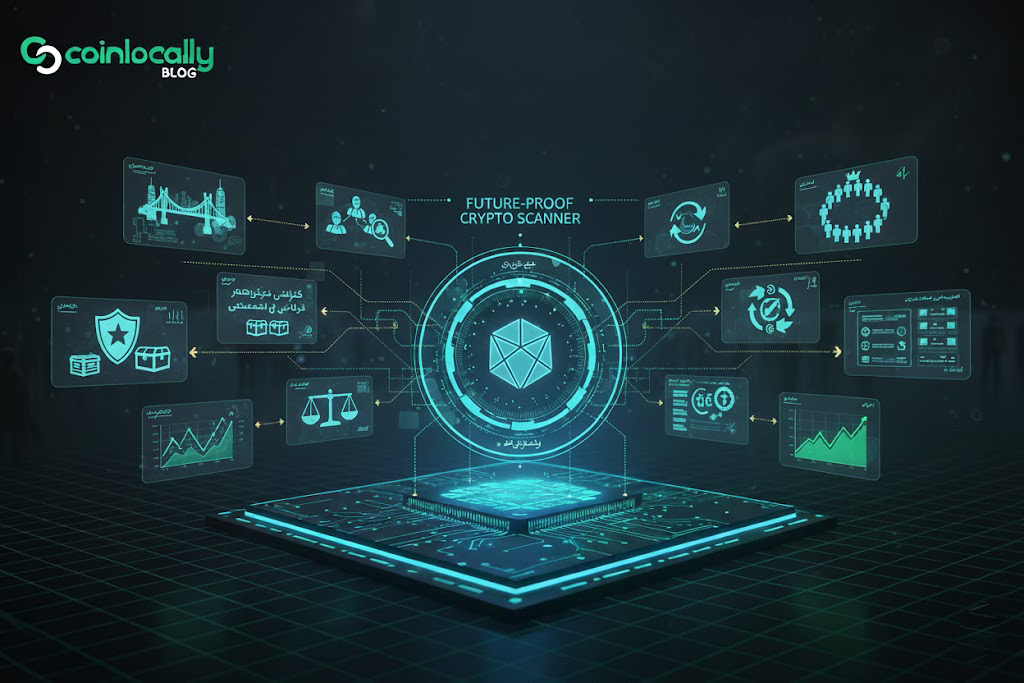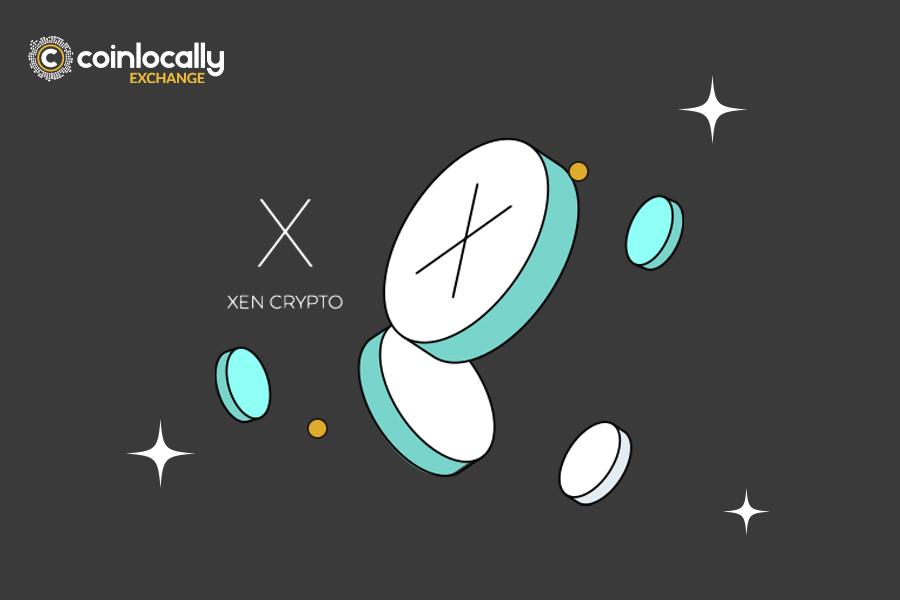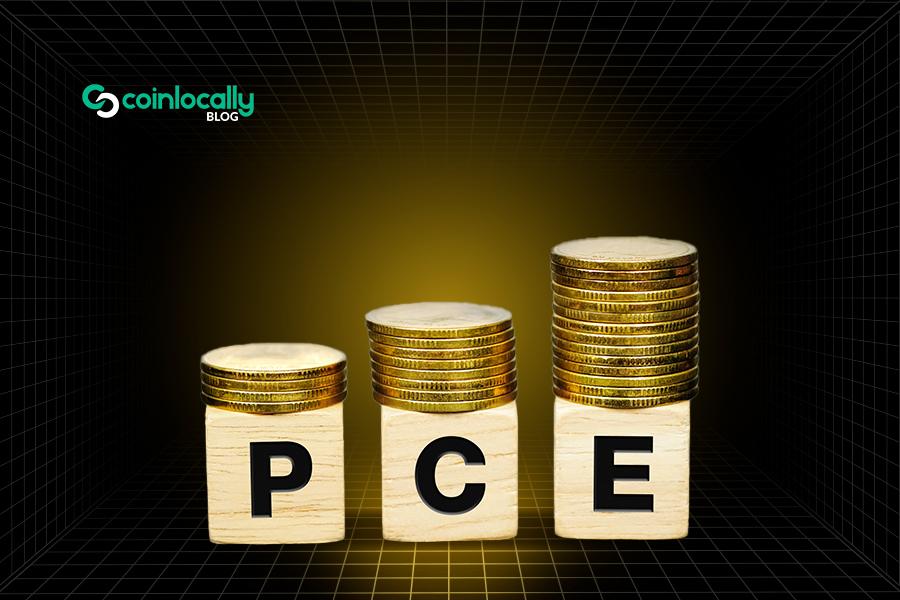The crypto market is full of new projects—some make noise for a few months and disappear, while only a handful manage to grow, build real value, and become the strong assets of the future. The good news? You don’t need to be a professional analyst to find them. You just need to consistently evaluate a few key criteria.
1. Real Use Case
The first question: What problem does the project solve, and is that problem important?
Strong projects address real needs and offer solutions that are clearly better than their competitors.
2. Development Team & Transparency
No successful project exists without a skilled team. Check the background of team members, their activity on social platforms, and whether the roadmap is being delivered step by step. These are signs of seriousness and credibility.
3. Reputable Investors
Backing from major crypto funds—like a16z—shows that the project has passed strict due diligence. Having strong investors usually signals good initial quality.
4. Tokenomics & Token Distribution
Tokenomics directly affects price behavior. Pay attention to:
Total supply
Token allocation
Unlock schedules
Amount held by team and early investors
Actual utility of the token
Poor tokenomics is one of the biggest red flags.
5. On-Chain Data & Real Network Growth
To assess the health of a project, look at on-chain metrics such as:
Growth in active users
Transaction volume
TVL (Total Value Locked)
Inflow of capital
These indicators show whether the project is gaining real traction.
6. Active & Organic Community
The strength of a community matters.
Follower count is not important—real engagement is.
Look for active discussions, education efforts, and genuine user involvement.
7. Position Among Competitors
Understanding the competitive landscape helps you determine whether a project brings something new or is just a copy of an old idea. Know the market it operates in and what advantages it offers over its main competitors.
8. Roadmap & Real Progress
A roadmap should be realistic, not just full of big promises. Testnets, regular updates, and measurable progress show that the team is actually building.
9. Liquidity & Listings on Reputable Exchanges
Healthy trading volume, listings on well-known exchanges, and deep order books reduce entry/exit risk. Poor liquidity is a major warning sign.
10. Price Behavior & Alignment With Fundamentals
Price doesn’t tell the full story, but:
Trend structure
Strong support zones
Capital inflows at market bottoms
…can reveal a lot. Ideally, price action should reflect the project’s fundamentals.
Conclusion
Identifying future-proof cryptocurrencies means combining several simple criteria:
Real utility, a reliable team, solid tokenomics, strong on-chain growth, an active community, competitive advantages, and sufficient liquidity.
If you evaluate these factors consistently, your chances of finding high-quality, lower-risk projects in a crowded crypto market increase significantly.




